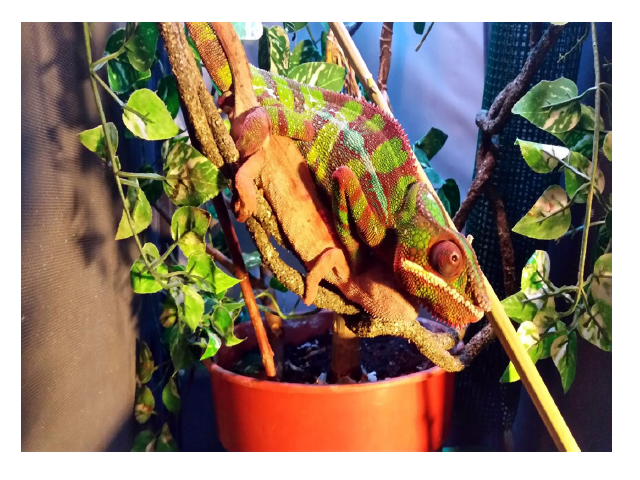Furcifer pardalis (Panther Chameleon) – A Brief Species Description and Details on Captive Husbandry
DOI:
https://doi.org/10.5530/BEMS.2016.2.6Keywords:
Chameleons, Captive husbandry, Health, Exotic species, Nutrition, Environmental enrichment, ConservationAbstract
Chameleons of all species, have proven extremely delicate animals to work with in captivity. Many health concerns arise when they are maintained in improper conditions, from infections to inadequate nutrition, all of which will lead to the deterioration of the animals wellbeing and ultimately, a shortened lifespan. Therefore, understanding the most important problems which commonly occur in captive chameleons and the factors responsible for said problems, is paramount to the successful breeding and maintenance of chameleons in captivity.
Furcifer pardalis or Panther Chameleons are one of the most common chameleons found in the pet trade, due in part to their impressive size, stunning variation in colouration, specialised morphological traits, unique personalities and most importantly, their relative hardiness when maintained in captivity. All of the aforementioned traits make Panther chameleons an exciting species to work with and an enjoyable challenge to successfully maintain, for the interested herpetologist.
The aim of this paper, is to comprehensively review the history, anatomy and health issues associated with Panther chameleons and the current husbandry techniques used in maintaining said animals in captivity. The methods described in this paper are up to date guidelines for the successful husbandry of captive Panther chameleons and are as a result of many years of experience in keeping and breeding both Panther chameleons and various other chameleon species, whilst also drawing from expert literature in the field of captive chameleon husbandry. Hopefully, this review aids in improving our knowledge on the captive needs of F. pardalis and ultimately leads to greater future success in the field.










